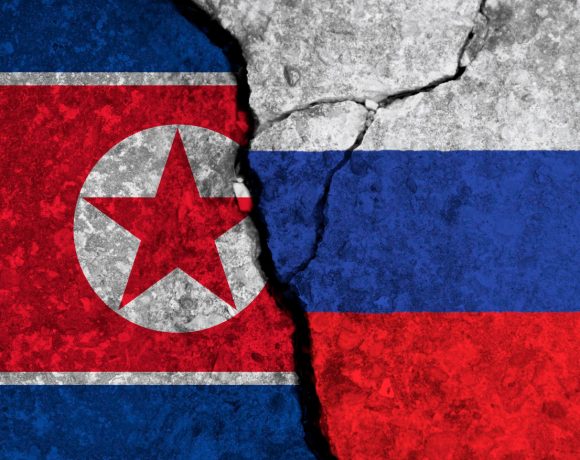
Swiss Tech Cuts Chernobyl Radiation by 47% Without Chemicals
A revolutionary technology developed by Swiss environmental firm Exlterra has achieved a major breakthrough in nuclear disaster cleanup, reducing radiation levels in the Chernobyl exclusion zone by nearly half within just one year. Without using any chemicals or excavation methods, the system has stunned global scientists by cutting soil radioactivity by 47% and airborne radiation by 37% in the test zone.
Nature-Aligned Nuclear Cleanup
The innovation, called the Nucleus Separation Passive System (NSPS), utilizes a network of buried, hollow polyethylene tubes that interact with naturally occurring subatomic energy in the ground. Rather than applying chemicals or generating heat, the tubes accelerate the natural radioactive decay of harmful isotopes such as cesium-137 and strontium-90, converting them into stable, non-hazardous elements. The system functions passively, drawing on Earth’s energy fields, and requires no power supply, digging, or waste generation.
This approach represents a radical departure from conventional decontamination methods, which often rely on costly, hazardous, or invasive techniques. Instead, NSPS enables the soil to cleanse itself through enhanced subatomic interactions, offering an eco-friendly, scalable model for radiation reduction.
A Landmark in Post-Nuclear Recovery
Chernobyl, the site of the world’s worst nuclear disaster in 1986, has long been seen as a radioactive wasteland that would take thousands of years to return to safety. But the successful implementation of NSPS suggests that the timeline for recovery could be dramatically shortened. Environmental analysts see this as a game-changing development, with applications not just at Chernobyl but also in other contaminated regions across the globe.
Global Potential
The passive, chemical-free nature of the system makes it a viable solution for other nuclear-affected sites such as Fukushima, or even for cleaning up land tainted with heavy metals or persistent organic pollutants. Its low cost and minimal operational needs make it especially promising for use in developing countries where traditional remediation is not financially feasible.


















